In fact, you can also do a coffee cup test-- coffee cupping
For professional baristas, please follow the coffee workshop (Wechat official account cafe_style)
"Cup test" is a professional term in the coffee industry, which means that the roasted coffee beans are tested in the form of a cup, and it is also a way to check the baking degree and the quality of raw beans, which is called coffee cupping or coffee tasting.
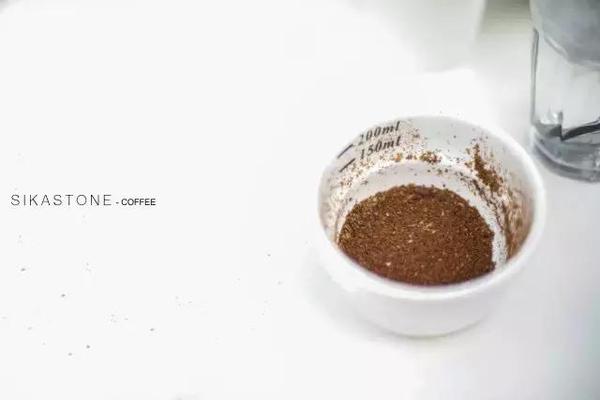
"Cup testing" is a kind of testing method, and laboratory-level cup testing needs to be carried out in the way of human-computer cooperation, so as to ensure the rigor and replicability of the data.
But the behavior of cup testing not only exists in the laboratory, we can do quick cup testing at home, in the studio, or even in the store, and it is very simple.
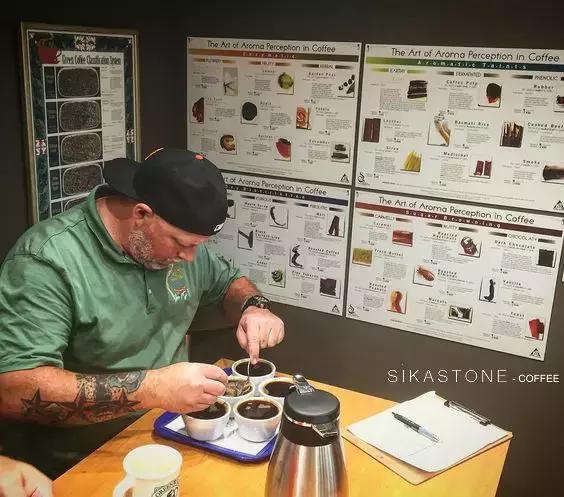
Question 1: why do you take a cup test?
The cup test seems to be a very advanced way to drink, but most people have never heard of it, and the way to drink it is not easy to learn, because the activities of the cup test are all purposeful, one is to test the raw beans before baking, and the other is to test the quality of cooked beans after baking.
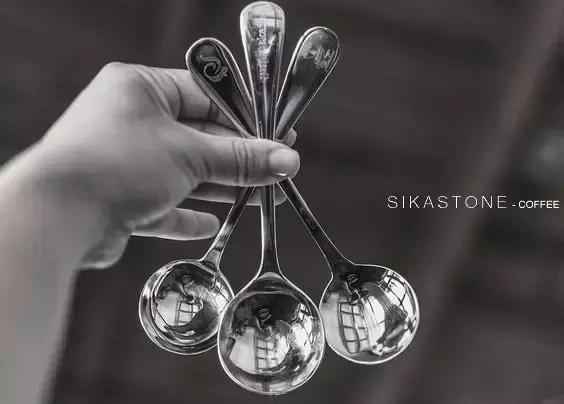
But we can take what we need and take out one of the links of the professional cup test in the laboratory for our daily use, at least it can be very practical to buy coffee beans. Left-handed life, right-handed coffee, a little bit of skills can make life more comfortable and satisfying.
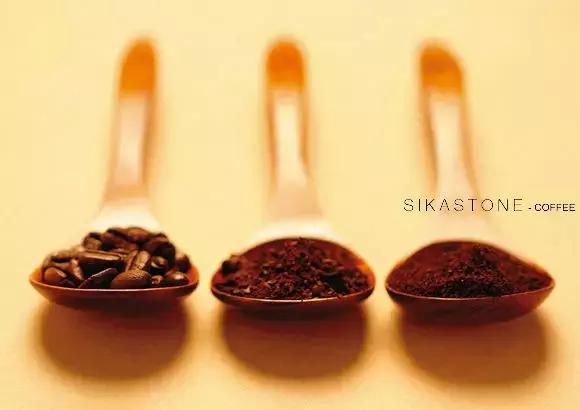
Question 2: can only professionals do cup tests?
You, me, he, anyone can, there is no difference between professional and non-professional, people's taste buds like different, rubber taste is called smelly rubber by professionals, is considered bad taste, but not everyone hates rubber taste, even some people like it.
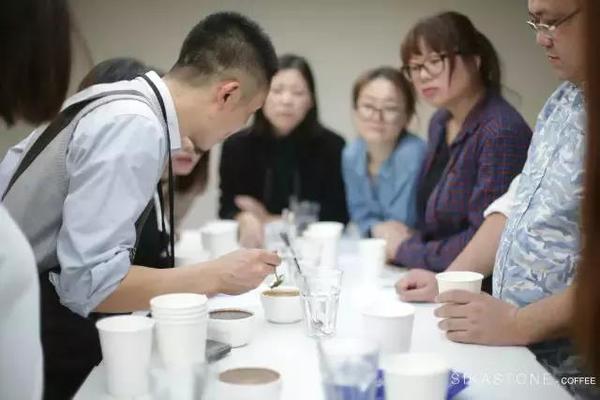
Therefore, the behavior of cup testing is a very inclusive activity, the input and output of coffee products are non-professionals as the core, the more people involved, the stronger the authenticity, the higher the degree of acceptance of the product by customers.
Professionals can guide consumption, but it seems inappropriate to over-interfere with consumers' own consumption choices, leaving a moderate neutral zone for both sides to touch and get to know each other more gently.
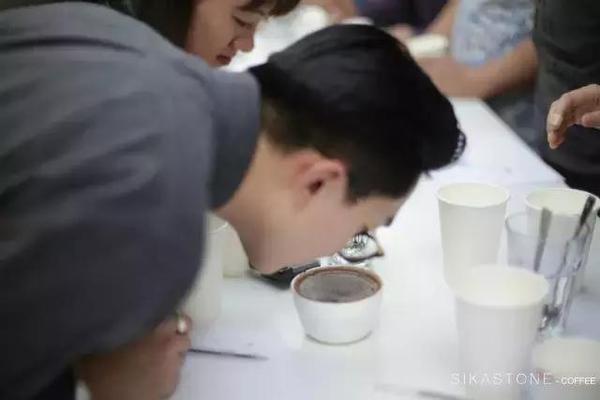
Question 3: is the cup test very complicated?
The cup test is not that complicated, but I hate the lab cup test very much, because I can't describe it, and I can't remember the taste in the flavor wheel. I tried to remember the 36 smells in the bottle, only to find that it was just my wishful thinking. Coffee flavor wheel and smell bottle are two tools for coffee flavor and coffee roasting.
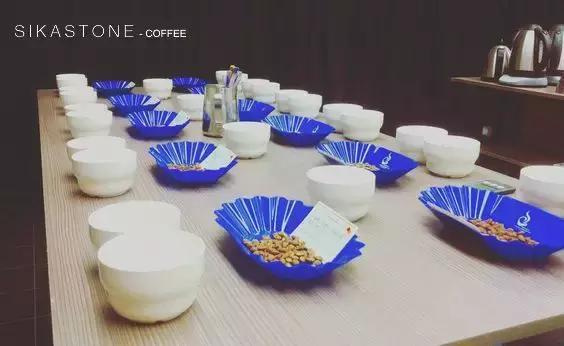
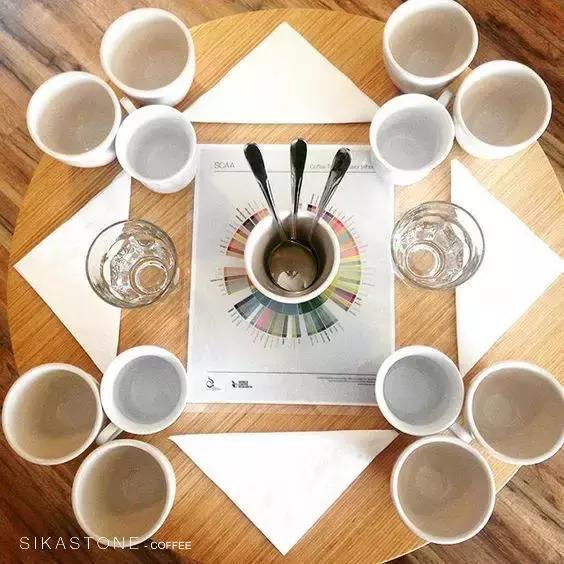
But I like the identification method brought by the cup test, which can help me screen out the beans and baking degree I like, because this form is very intuitive and effective.
A good baker can describe three or five or more flavors to me in a cup of coffee, however, when I can't drink it, I don't mind, but I will say: I like this bean and this baking degree, you just do it.
Sometimes it's so simple to master a way and method to embarrass others, no matter what the flavor he describes, our tongues are honest, and we just want to get a good taste.
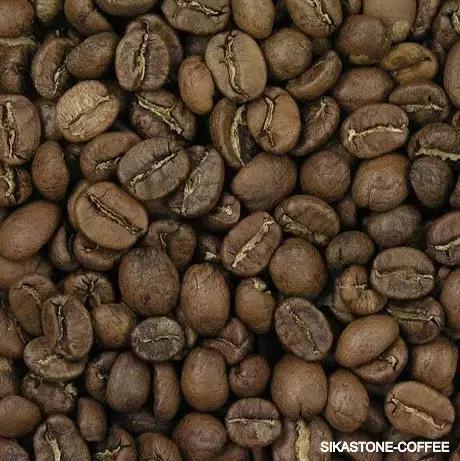
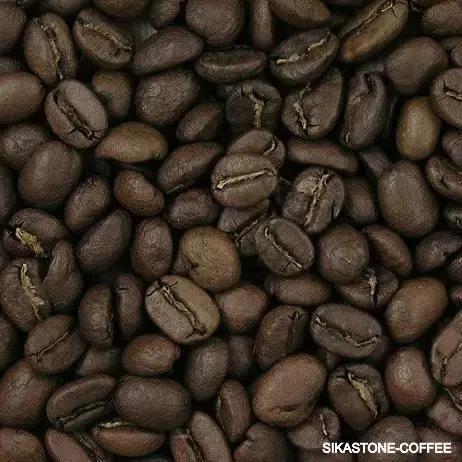
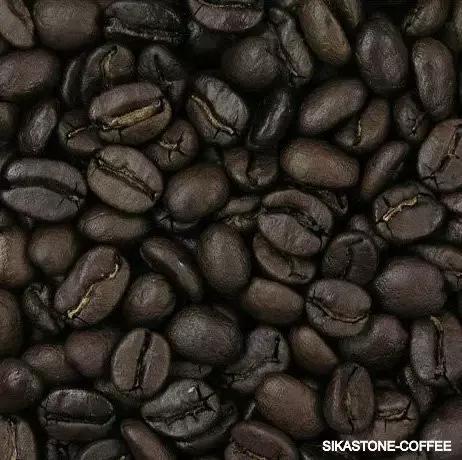
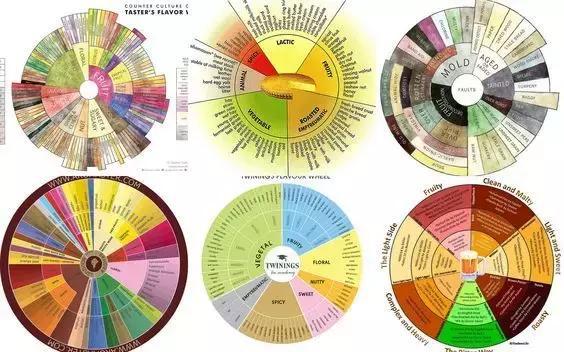
Tips for testing coffee cups:
1. Prepare the candidate coffee beans, weighing 8.25 grams each.
2. Prepare the corresponding number of wide-mouth short porcelain cups with water capacity between 150ML-200ML.
3. Wash and grind with a small amount of beans to remove the last residual powder.
4. Put the water to the boil, grind the coffee beans, put the coffee powder into the cup, and prepare to inject hot water.
5. Smell the dry aroma of coffee powder after grinding and record as much as possible what you smell, or whether the smell of this coffee is your favorite aroma.
6. When the water temperature drops to 93 degrees, pour the coffee powder into the cup and soak all the coffee powder fully.
7. No link can touch or shake the cup body.
8. After standing for 3 minutes, gently remove the powder layer with a spoon, smell the aroma of the coffee liquid, and record the information as much as possible to prevent forgetting.
9. Remove the top coffee powder and do not stir the coffee liquid.
10. Spoon the coffee liquid into the entrance, you can use a simple non-professional mouthwash, as much as possible to fill the whole mouth.
Feel and receive the sensitive information such as sour, bitter, sweetness and balance of this cup of coffee.
12. Choose the one you like best when you're done.
There are many purposes and ways of cup testing. This version is only for individuals to buy or choose cooked beans. If you have the opportunity, you should come to Lushi Coffee to experience a professional cup testing process and tasting method.
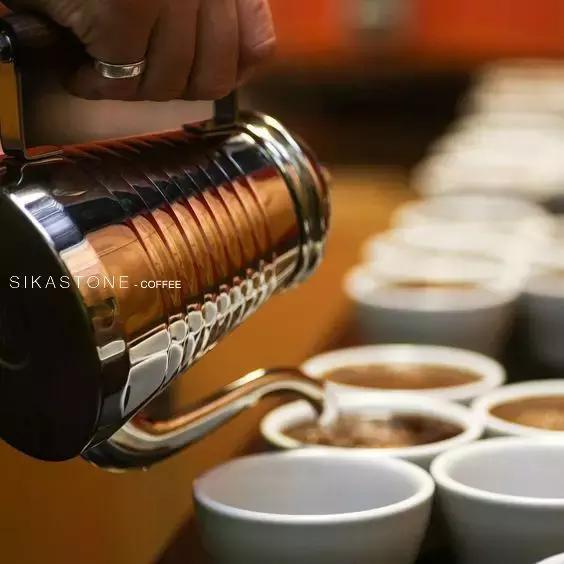
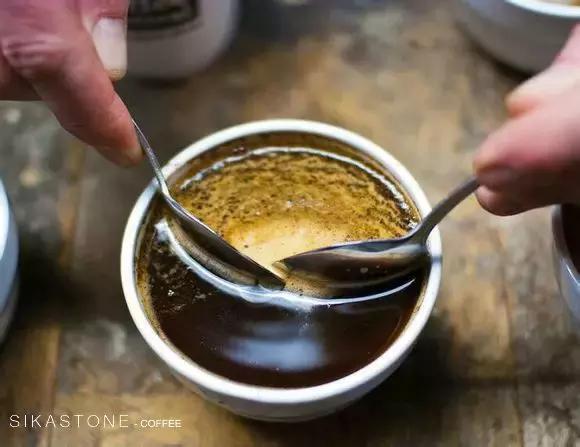
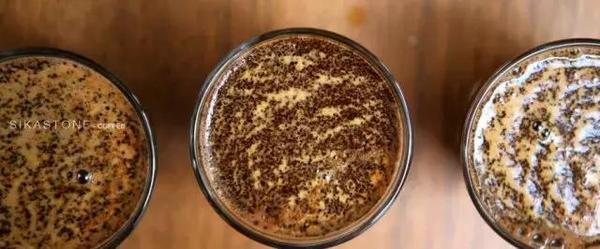
Courses involving cup testing, flavor identification and coffee tasting include "basic courses on Coffee roasting" and "courses on brewing and extraction", which study coffee roasting, brewing methods, theory and grinding, respectively.
After contact, we will find that coffee is for fun, just to add more color and fun to our lives.
Important Notice :
前街咖啡 FrontStreet Coffee has moved to new addredd:
FrontStreet Coffee Address: 315,Donghua East Road,GuangZhou
Tel:020 38364473
- Prev
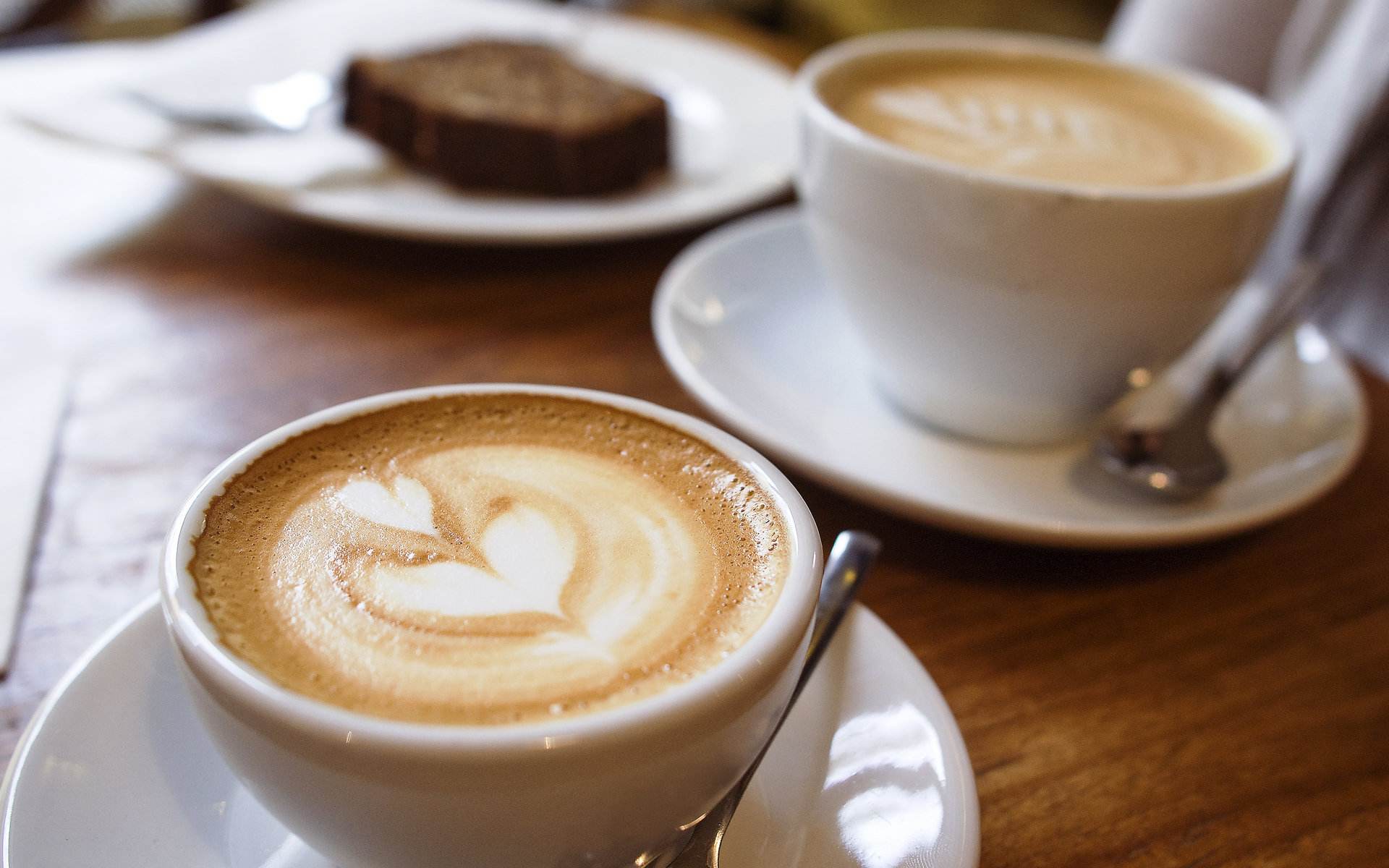
Coffee pull Japanese flower champion Junichi Yamaguchi embossed collection latte embossed novice must!
- Next
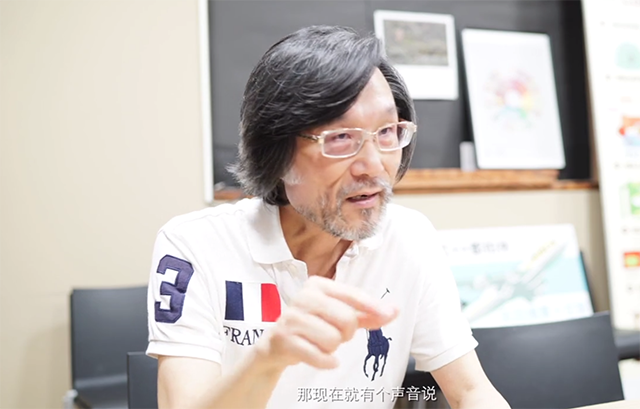
Video sharing of Fine Coffee author: Han Huaizong's Fine Coffee World
For the exchange of professional baristas, please follow the coffee workshop (Wechat official account cafe_style). After three years and 400000 words, Han Huaizong, an old urchin in Taiwan's coffee industry, tried his best to analyze the latest international coffee trends, introduce the most complete coffee varieties and producing areas, analyze famous beans, and teach cup testing and brewing practice. it is a complete teaching manual for heavy coffee lovers! It took 3 years, pen ploughing
Related
- Beginners will see the "Coffee pull flower" guide!
- What is the difference between ice blog purified milk and ordinary milk coffee?
- Why is the Philippines the largest producer of crops in Liberia?
- For coffee extraction, should the fine powder be retained?
- How does extracted espresso fill pressed powder? How much strength does it take to press the powder?
- How to make jasmine cold extract coffee? Is the jasmine + latte good?
- Will this little toy really make the coffee taste better? How does Lily Drip affect coffee extraction?
- Will the action of slapping the filter cup also affect coffee extraction?
- What's the difference between powder-to-water ratio and powder-to-liquid ratio?
- What is the Ethiopian local species? What does it have to do with Heirloom native species?

